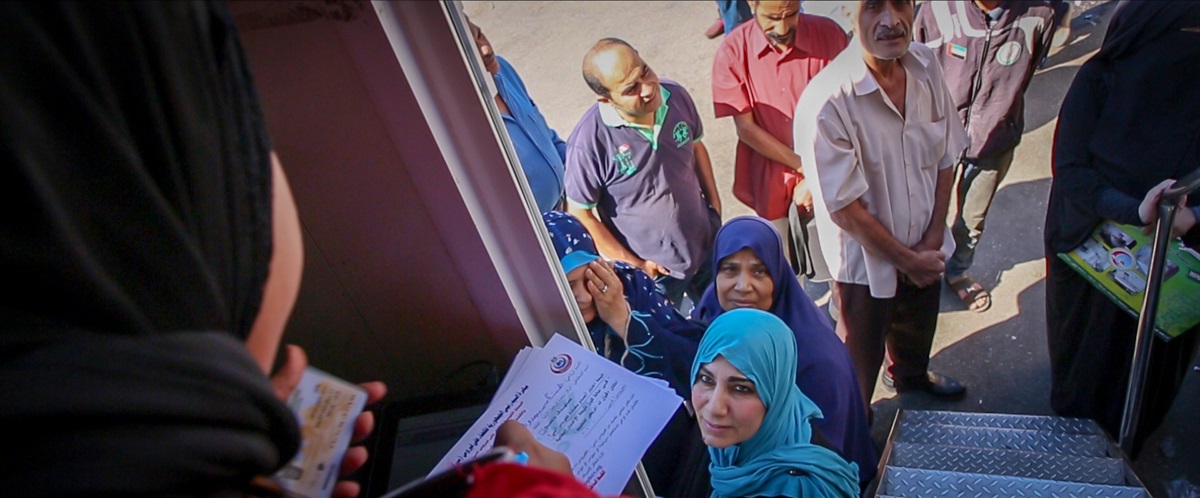
Having lost her husband to hepatitis C, Amal* understands how devastating hepatitis C can be. Amal herself was subsequently diagnosed with hepatitis C after attending a local screening. Later, her 23-year-old relative also discovered she had the disease.
“I’m happy that I discovered my illness early, and that I get free treatment and follow-up services from the government. The mass screening and community-based campaigns have made a huge difference,” said Amal.
WHO’s global hepatitis strategy, endorsed by all WHO Member States, aims to reduce new hepatitis infections by 90% and deaths by 65% between 2016 and 2030.
Egypt had one of the highest rates of viral hepatitis in the world. Between the 1950s and 1980s, inadvertent infection transmission associated with unsafe injection practices occurred in the attempt to control schistosomiasis, a parasitic disease carried by water snails. Over 6 million Egyptians were infected with hepatitis C in this way. Thanks to years of coordinated government action, the country is now on the path to eliminate the disease. This is a remarkable transformation.
From the early 1990s until now, the government has put vast effort into strengthening hepatitis prevention with programmes covering blood safety, infection control and injection safety. It also worked on raising public awareness and running harm reduction programmes. By 2015, 5.5 million people were estimated to be chronically infected. Motivated by a strong and ambitious aim to eliminate hepatitis C entirely, the government took action.